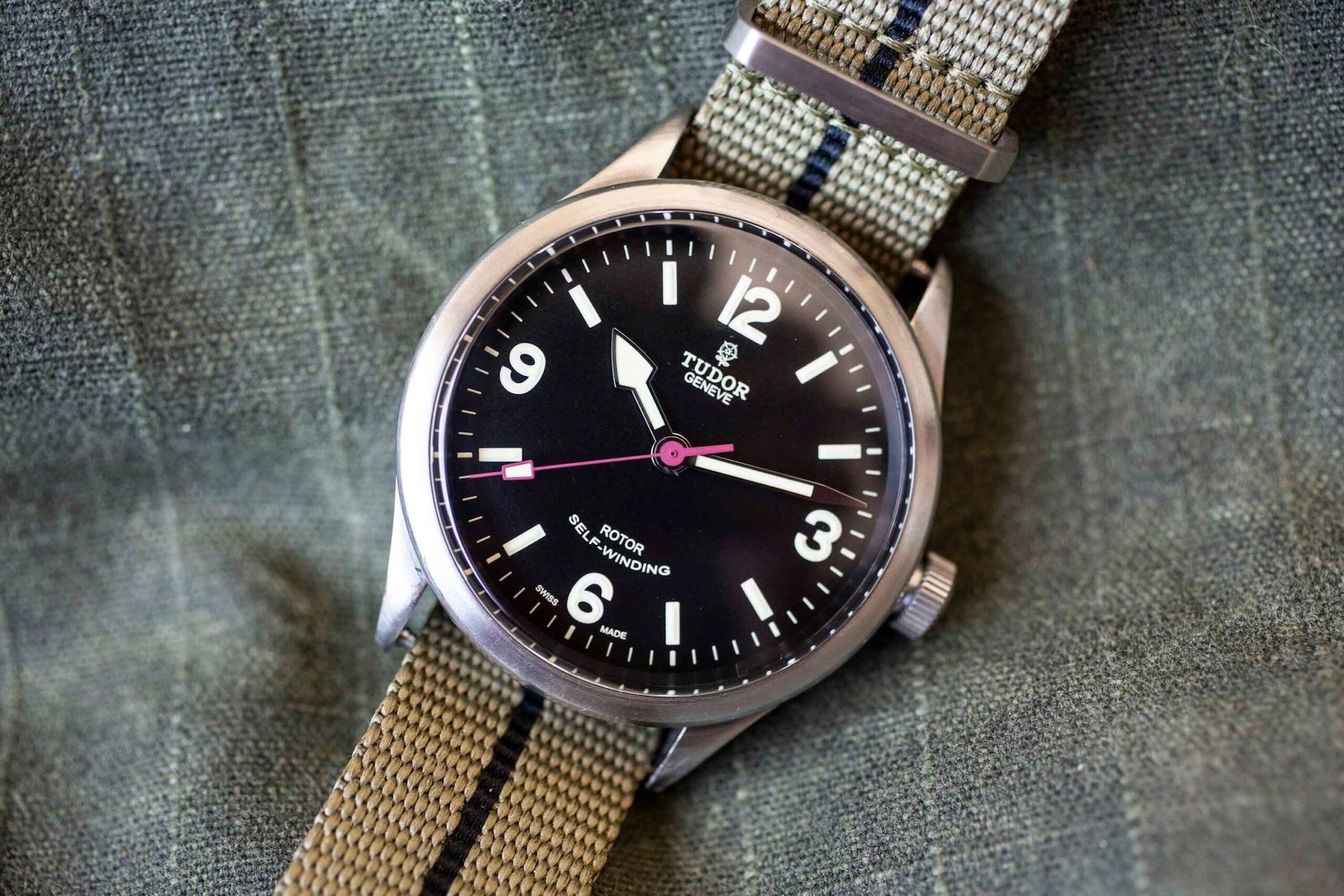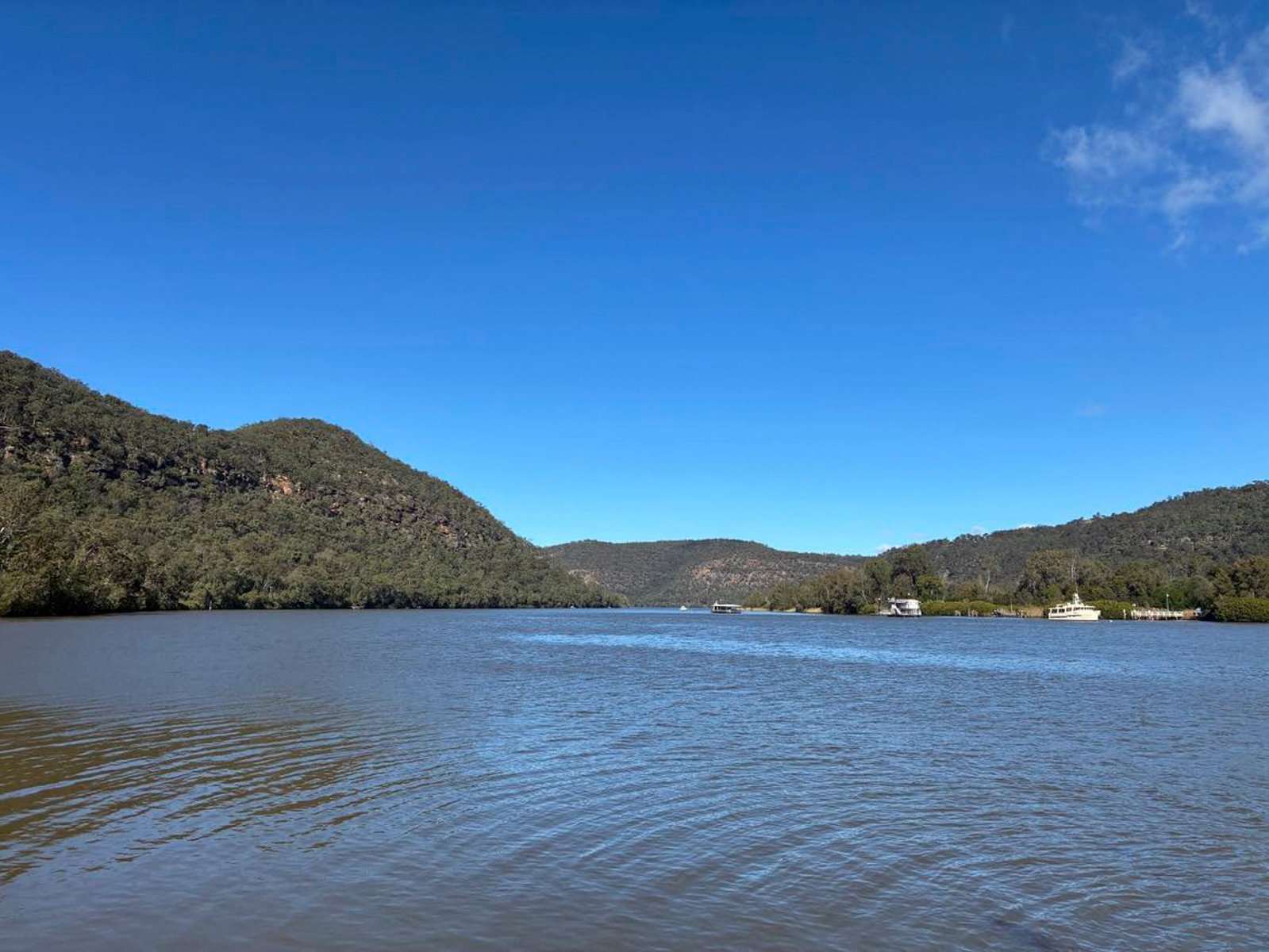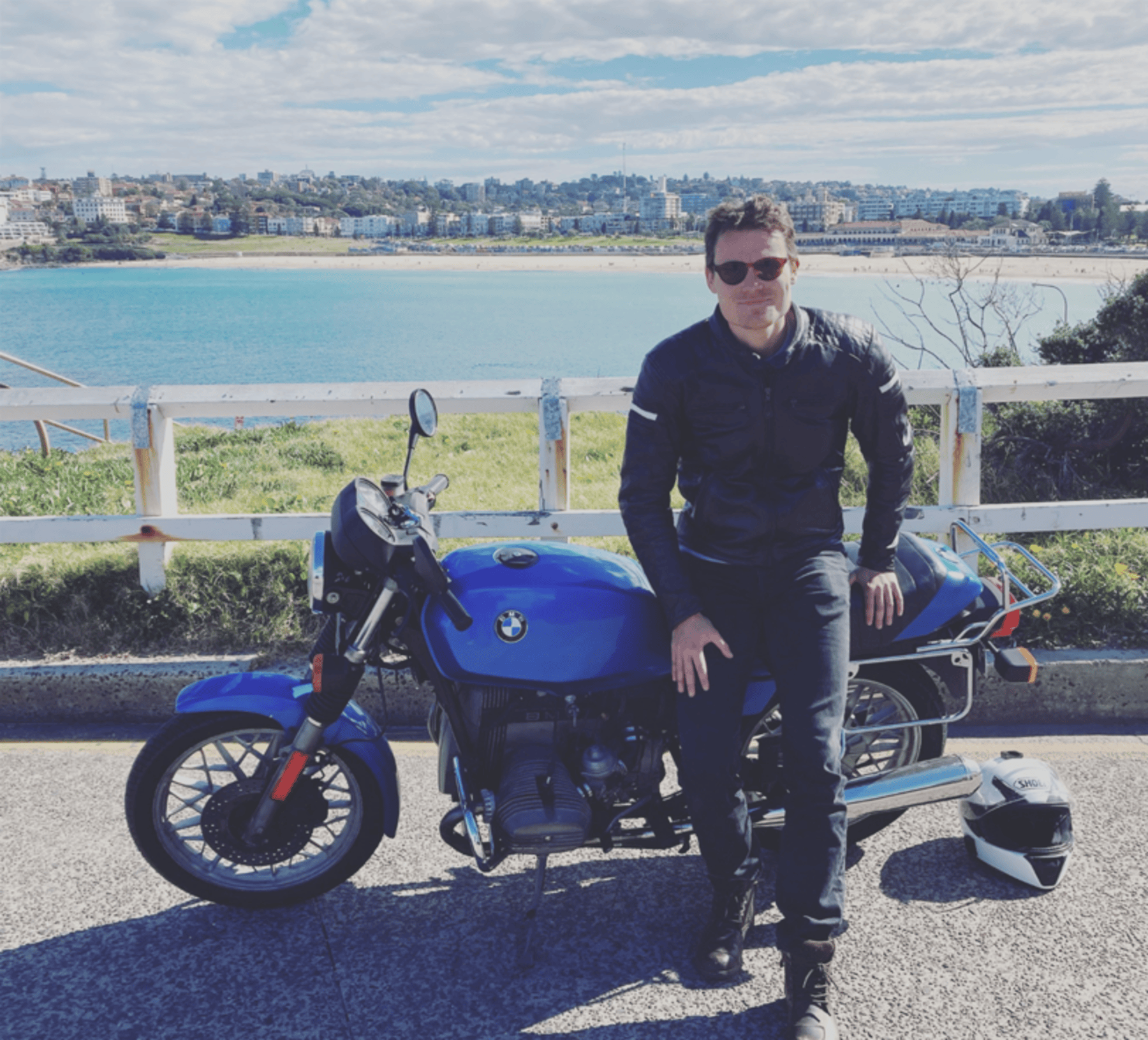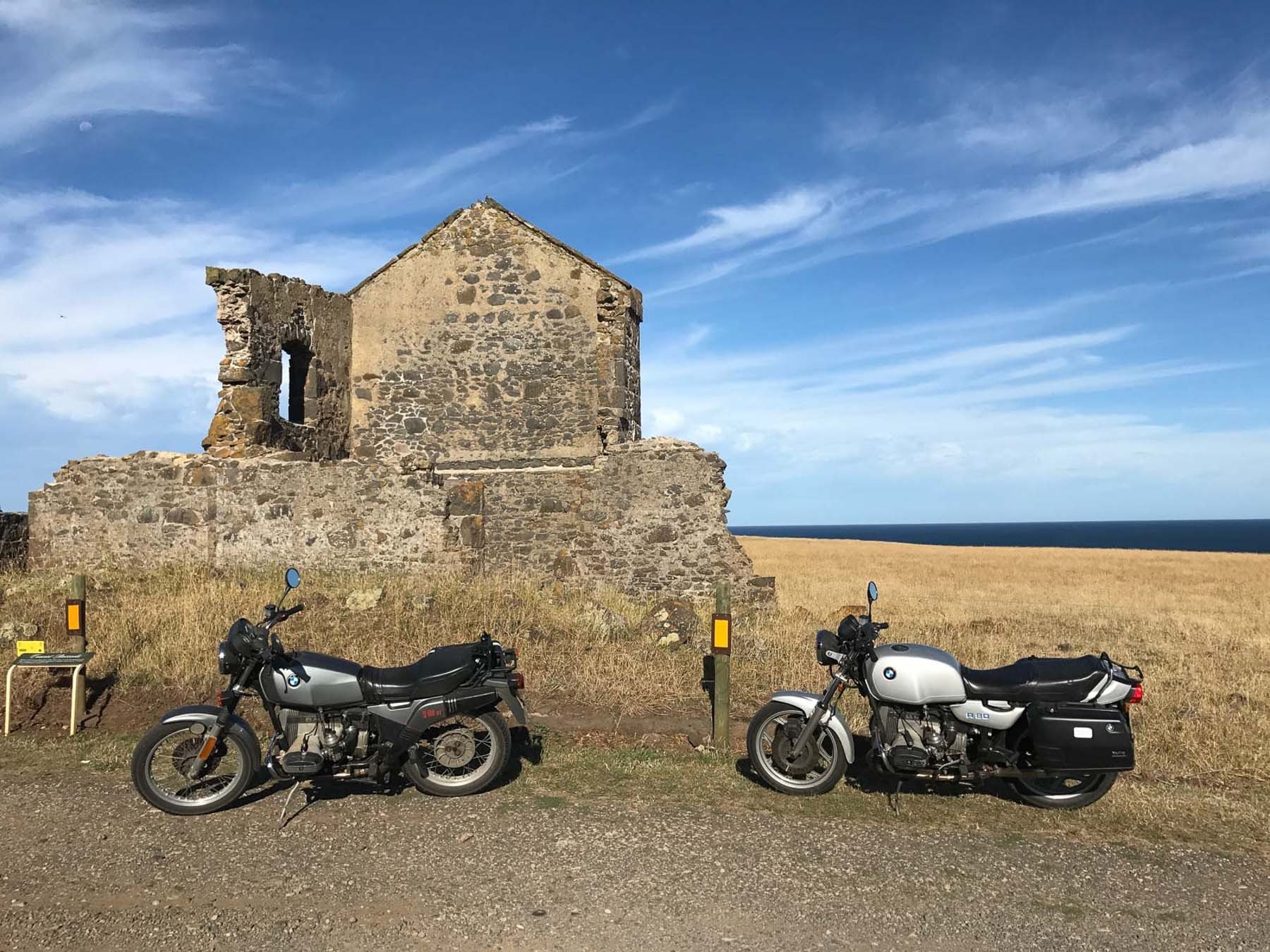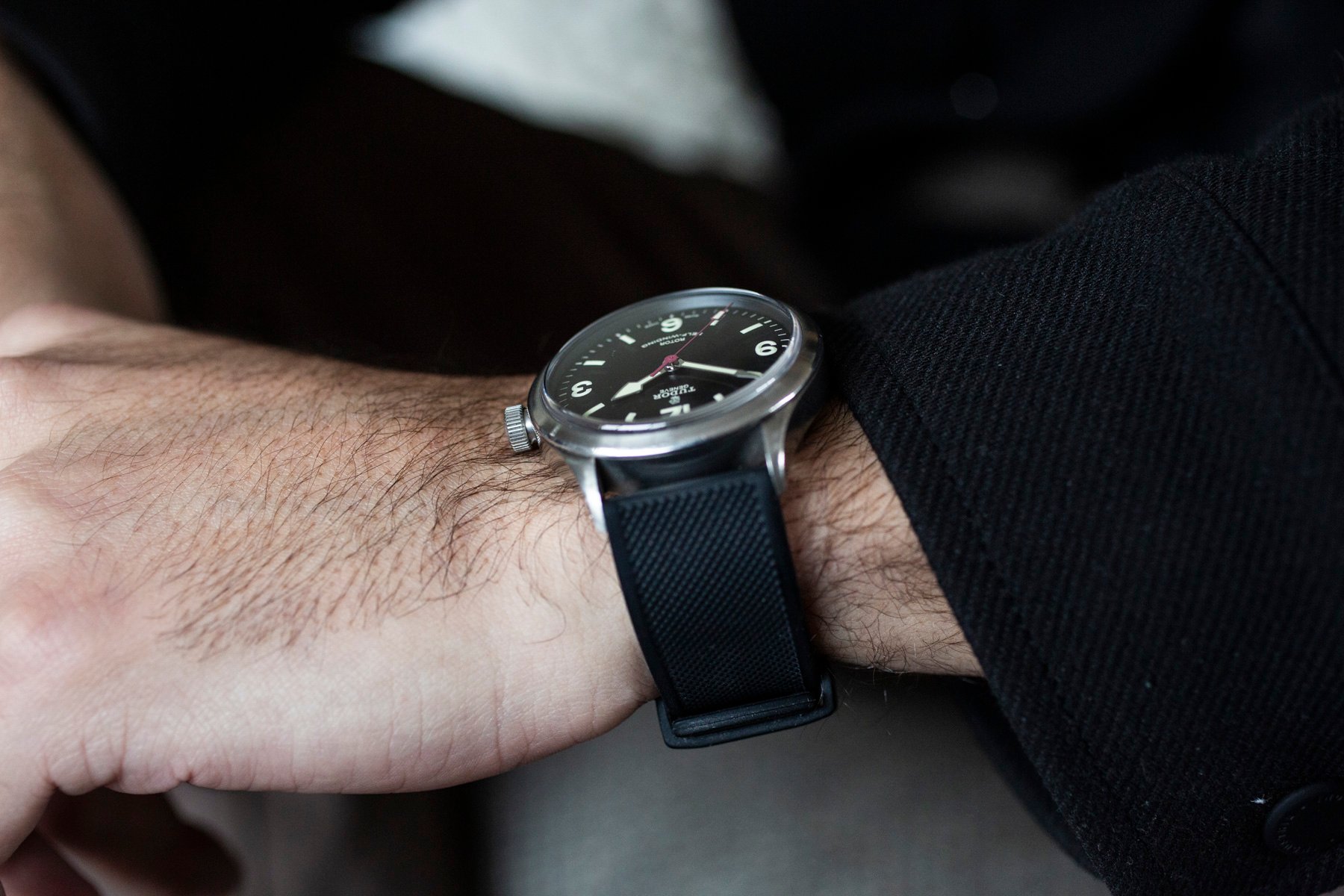Coming To Terms With A Motorbike Crash With My Tudor Heritage Ranger
I park my 1983 BMW R65 beside a quiet bend of the Hawkesbury River, not far from Wiseman’s Ferry. Sunlight reflects off the large 22-liter blue petrol tank. A little mid-morning mist still lingers along the valley, and the air feels soft with dawn‑cool dampness. Ahead lies the old convict road that once linked colonial outposts through New South Wales bushland — a trail haunted by history. I slide off my armored leather jacket and glance down at my wrist. On it is the Tudor Heritage Ranger, scarred but still alive. Today’s ride is meant to be quiet, reflective. It is a reckoning of sorts.
The crash that nearly killed me
When you wear a watch long enough, you begin to live with it. It accumulates moments, dents, and stories, just as your body does. My Tudor Heritage Ranger bears a particularly vivid one, dating back to 2018 in Tasmania, when it quite literally saved my wrist from being broken. At the time, I was riding a vintage BMW R80 on a remote Tasmanian highway, en route from Penguin to Hobart. In the mid-afternoon, a kangaroo bounded onto the road. I had no room to brake and met it at speed. The crash threw me into the air; I skidded along the tarmac for 10–15 meters on my side.
I didn’t lose consciousness, nor did I suffer fractures, but I was bruised, shaken, and in shock. And what stood between the road and my wrist? That Tudor, pressed hard against the asphalt, crystal shattered, case dented and dinged, but still ticking. Afterwards, I brought the watch to Rolex in Sydney for a new sapphire crystal. A repairer there, who was also a rider, heard the story and quietly fixed it (free of charge). The scars on the case are permanent — reminders of the day I flew…and the day I survived.
A ride with the Tudor Heritage Ranger strapped to my wrist
So when I planned to ride again — this time over roads less wild, through the Convict Trail country of New South Wales — the old Tudor came with me. And when I rolled out of Sydney toward Wiseman’s Ferry, I felt the weight of its story on my wrist. I wasn’t merely riding; I was retracing a journey from fear, memory, and survival. On the R65, the airhead BMW’s twin‑cylinders sang low and steady. The “boxer” layout gives that symmetrical thrum that seems to engage with nature, wind, road, and soul in equal measure.
The 40-year-old machine encourages me to go smoothly and slowly, to feel every undulation, and to respect the road beneath me. The brakes are not up to modern standards, so the bike demands respectful riding. Between Wiseman’s Ferry and the remnants of the Convict Trail lie winding lanes, river crossings, gumtrees. I kept the pace moderate, my senses alert. Yet, despite the cautious approach, the thrill of the open road on a vintage motorbike is a wonderful thing.
At one point, I paused on a wooden bridge, stopped the motor, and felt the quiet around me — just bush, river below, and the faint echo of history. I lifted my wrist and studied the Tudor. The case had faint marks, edges worn — all part of its companionable character. The seconds hand ticked on, unflinching. I let my memory drift to that Tasmanian crash, the shock, the pain, and my sheer luck at surviving it.
Reconciling with risk
In some ways, riding again felt like turning toward the trauma rather than away from it. The first time I mounted a bike after the crash, I felt nervous and uncertain. Would the next ride be the one that breaks the cycle? Would the next moment bring another fall? But a reconciliation happens when I return to the road with my scars visible and my guardian timepiece strapped to my wrist. The Tudor doesn’t erase fear. It doesn’t deny history. It wears the memory openly, and so do I.
Halfway through the ride, I found a shady rest stop overlooking a sweeping bend in the Hawkesbury. I removed my glove, peeled back the cuff, and set the bike aside. I held the Tudor up to the light. The scratch near the lug, the faint swirl on the bezel — each imperfection caught my eye. I thought, “This is the same watch that stood between asphalt and bone.” And now, it rides again on another journey. This ride is not about speed. It’s about acceptance. It’s about letting the watch and I bear witness to the fact that we moved forward after the impact. This afternoon, I ride with caution and gratitude.
Watches, bikes, and time
There is a kinship between watches like the Heritage Ranger and motorbikes like the BMW R65 with its 247 boxer engine. Both demand respect. Both were built in a time when ruggedness was not a marketing label but a necessity, and both companies take pride in the quality of their products. The Tudor Heritage Ranger (ref. 79910) was conceived as a robust, legible tool watch — a 41mm case, 150m water resistance, and a modified ETA 2824‑2 movement — compact, serious, purposeful. Just as the BMW airhead’s exposed parts, serviceability, and character invite you to tinker, inspect, and maintain, and pass on to future generations, so too does a mechanical watch.
In both, age is not a fault; it is the record of use and journeys taken. Every twist in the road reminded me that the Ranger name derives from Tudor’s expedition roots — from its use in environments where utility and clarity mattered above all. Here, on cracked bush roads and over old convict causeways, that spirit felt alive.
A subtle closure
Returning to Sydney later that evening, the sky lowering to dusk, I felt a quiet liftedness — no grand catharsis, no dramatic epiphany, but a gentle settling. I had confronted the memory, rode through its shadow, and emerged with the watch and my arm intact. In the driveway, I switched off the BMW’s engine and rested my hand on its cool tank. I unbuckled the watch and held it, letting the silence speak. The scars, the scratch, the enduring tick — they are not blemishes but testimony.
Years after the crash, the Tudor would ride again in a different place, reminding me of where I’ve come from and that moving forward is a process. To the Fratelli reading this: sometimes a watch is more than a marker of time. Sometimes it becomes a companion, a talisman for memory, and a reminder that the road you ride — with all its bends, rises, and falls — is yours. The Tudor Heritage Ranger saved my wrist once. On this ride, it helped me remember why I ride and love the taste of freedom it gives me. Isn’t that priceless?







